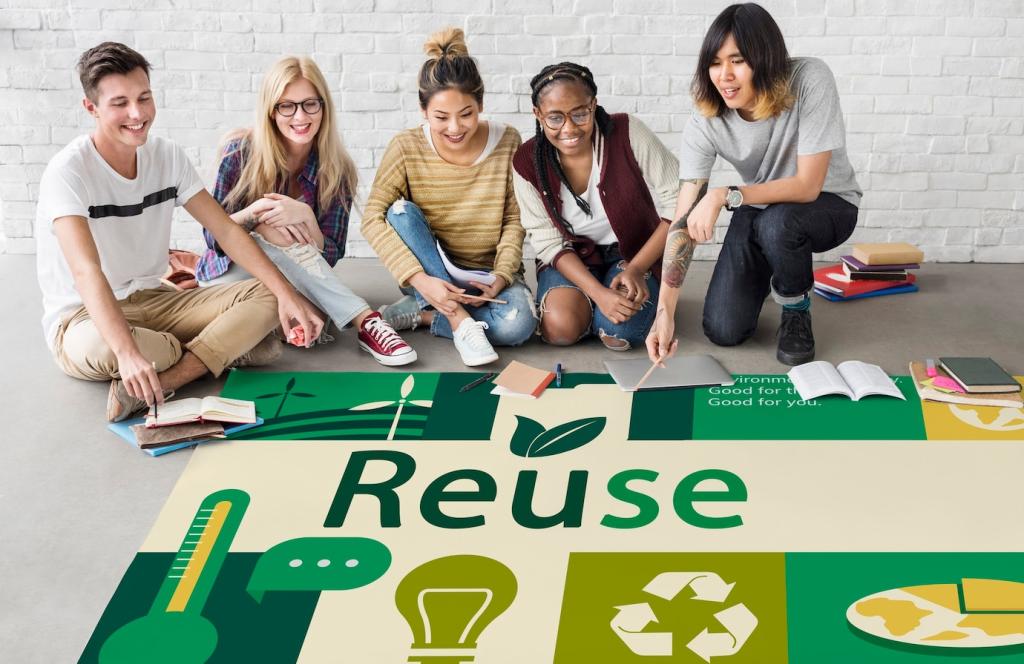Inside the Habit Loop: Cues, Cravings, Routines, Rewards
Your brain loves efficiency. Cues trigger stored patterns in the basal ganglia, allowing routines to unfold with minimal effort. This “chunking” conserves mental energy and frees your prefrontal cortex for more complex tasks, but it also locks in behaviors—good or bad—remarkably fast.
Inside the Habit Loop: Cues, Cravings, Routines, Rewards
Habits strengthen when rewards are satisfying and somewhat unpredictable. Dopamine surges more with anticipation than with the reward itself, especially when prediction error is positive. That is why variable notifications keep phones irresistible, and why small, surprising wins make new routines feel sticky.
Inside the Habit Loop: Cues, Cravings, Routines, Rewards
For one habit you want to change, record cue, time, location, emotional state, and reward feeling for a week. Patterns quickly emerge. Then tweak one element—usually the routine—while keeping the cue and reward steady. Share your experiment in the comments and subscribe for follow-up prompts.



